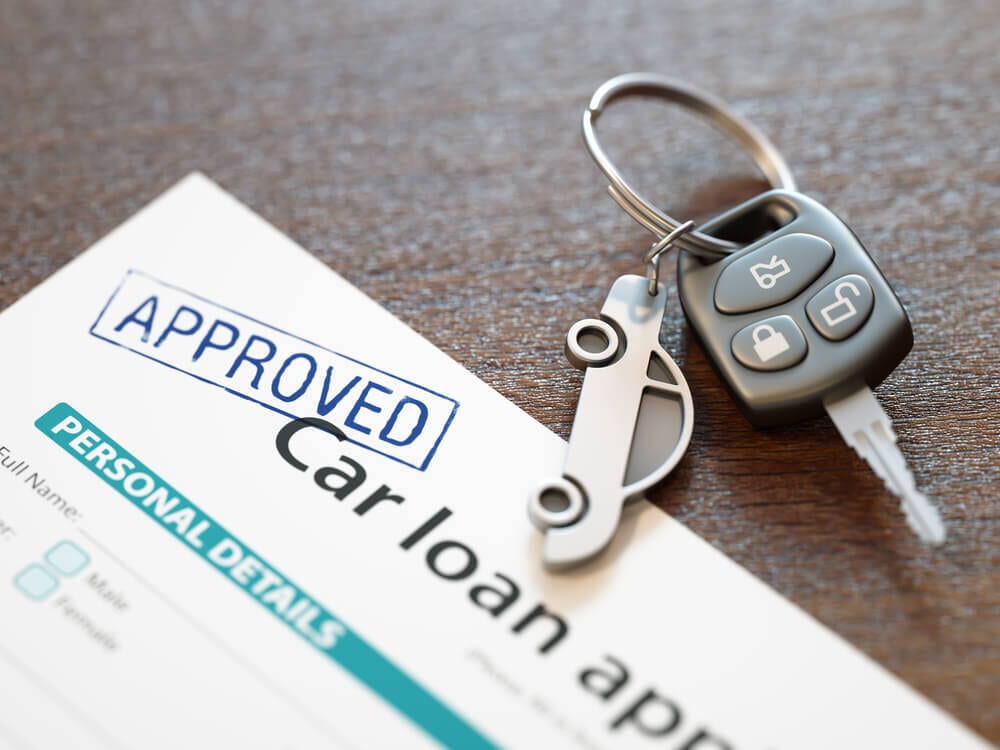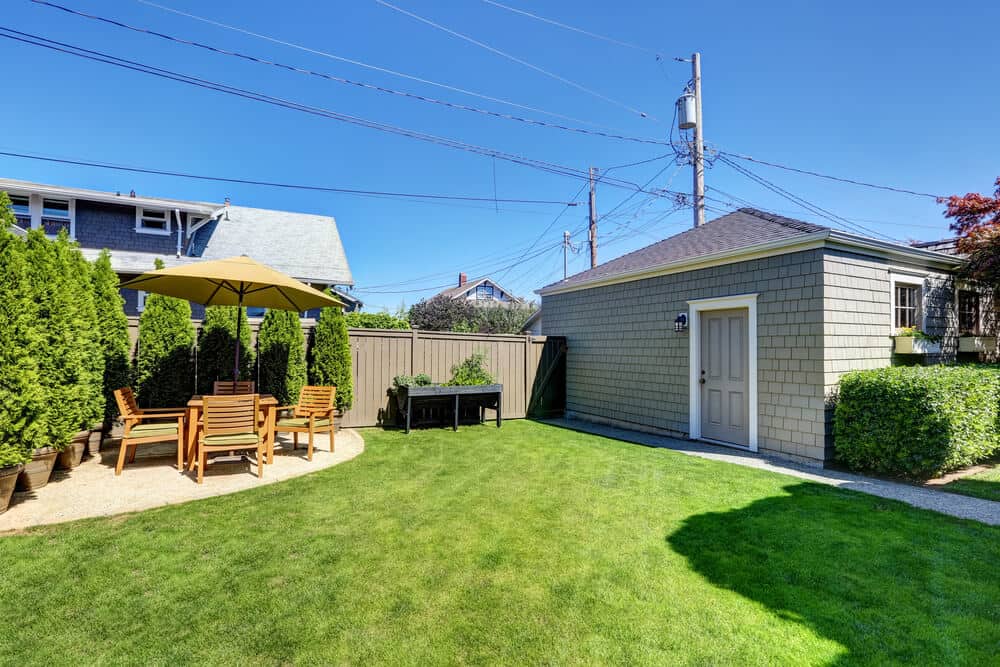What is an extended car loan?
Most financial specialists indicate that an extended car loan is a loan whose duration exceeds 60 months. If you’re thinking about applying for an extended car loan, you should get acquainted with the pros and cons of this decision. For the most part, extending car loans might facilitate some financial relief – and this can seriously be life-changing to people struggling financially. However, what should you know on this topic?
For many, the most important consideration is, of course, the amount of the monthly payment. As a matter of fact, you should note that there are many lenders out there that advertise unbelievably low monthly repayments, as a strategy to attract more and more borrowers.
However, what one might fail to realise is that a low payment is usually the result of long loan duration or the requirement to provide a significant down payment. While facilitating a down payment for car loans is highly recommended to benefit from more favourable terms, it isn’t always a possibility. And this could leave the buyer with only one possibility at hand: which is extended car loans – this could be the only way in which one can manage to keep the monthly repayment amount under control.
Extended Car Loans – Pros
First and foremost, the main reason why so many Aussies prefer extended car loans is due to the low monthly payments. If you have other monthly repayments, for your mortgage or other personal loans, this could mean that you cannot cope with a high monthly payment for your car loan; this could significantly minimise your financial possibilities.
At the end of the day, you should pick the option that works best for your situation, even though this could mean extended loan terms. Failing to cope with your payments is the worst case scenario, and it can happen if you aren’t realistic regarding your budget and needs.
At the same time, it is critical to pick a vehicle that meets your budget. And this doesn’t refer exclusively to the upfront cost of the car – but to its upkeep costs as well, since these add up over the course of time, as well.
While some experts believe that extended car loans should be avoided at all costs, as long as you are aware of both the pros and cons, you’ll know what to expect.
Extended Loans – Cons
Now we’d like to move on to presenting the main cons to extended car loans. As a rule of thumb, the prolonged lifespan of the loan translates into higher interest rates. This is the main disadvantage. Unfortunately, if you were to assess how much money you have spent, you may be shocked.
Evidently, this applies to all sorts of financing whose loan terms are extended. This is why most people prefer higher repayments and shorter loan terms. That’s because, if you go the other way, you’ll end up paying much more than the car’s worth. And you’ll be paying much more in interest and additional costs.
It goes without saying that no one enjoys the thought of paying more than they should. Therefore, perhaps it would be a good idea to consider getting a more affordable car so that you can deal with the repayments.
Taking It All in
When you’re looking for car loans, it’s important to assess a few critical things. For one thing: do you really need a car? For most of us, a car is a necessary acquisition. Do you need a new car? or can you work with a used car? Ultimately, this might suit your financial situation best.
Additionally, you should do your research and look for the most convenient interest rates and loan terms. The offers provided by the lenders can vary a lot. At the end of the day, make sure you factor in the consequences and implications of applying for an extended car loan. In other words, taking out a new form of financing shouldn’t make coping with your debt unmanageable.
If anything, perhaps it would be a better idea to wait until your financial prospects improve and you’re likely to benefit from more favourable loan terms. Of course, this is a possibility only if you can postpone the purchase of the car.
When in doubt, you can always contact Australian Lending Centre – our team of specialists is eager to help you out and get back on track. We provide car loans, refinancing options, and, most importantly, we are willing to customise our offers to your needs.






